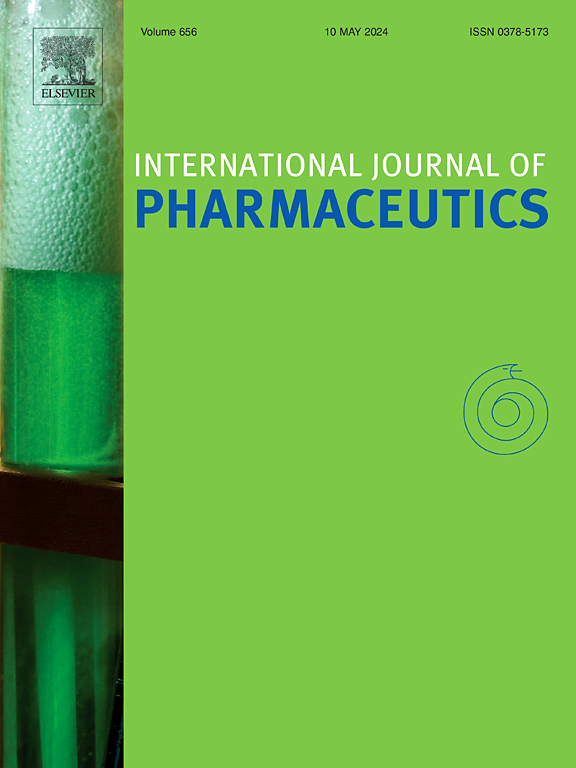用于给药的绿色纳米纤维生物复合材料:先进制药系统的可持续发展途径。
IF 5.2
2区 医学
Q1 PHARMACOLOGY & PHARMACY
引用次数: 0
摘要
可持续和生物相容性材料的进步为药物输送系统开辟了新的途径,特别是通过植物基纳米纤维生物复合材料的整合。这些材料来源于纤维素、木质素、淀粉和果胶等可再生资源,具有高表面积、多孔性、可调节的机械强度和可生物降解性等优越性能。本文综述了电纺丝在药物传递中的作用,重点介绍了基于电纺丝的药物包封和释放的制备方法和机制。并讨论了它们在控释、靶向治疗、伤口愈合和植物化学传递等方面的应用。此外,该综述还讨论了监管和临床翻译方面的挑战,以及人工智能优化设计等创新,其中机器学习工具越来越多地应用于预测药物-聚合物相互作用和优化配方参数,以及能够刺激触发或环境特异性释放的生物反应平台,用于精确治疗。法规和临床翻译的挑战也被考虑。目的是描述最先进的技术,并指导未来可持续的纳米纤维给药技术的发展。本文章由计算机程序翻译,如有差异,请以英文原文为准。

Green nanofiber biocomposites for drug delivery: A sustainable approach to advanced pharmaceutical systems
The advancement of sustainable and biocompatible materials has opened new avenues in drug delivery systems, especially through the integration of plant-based nanofiber biocomposites. These materials, derived from renewable sources such as cellulose, lignin, starch, and pectin, offer superior properties like high surface area, porosity, tunable mechanical strength, and biodegradability. This review provides a focused analysis of their role in drug delivery, highlighting electrospinning-based fabrication methods and mechanisms of drug encapsulation and release. Their applications in controlled release, targeted therapy, wound healing, and phytochemical delivery are also discussed. Furthermore, the review discusses regulatory and clinical translation challenges, along with innovations such as AI-optimized design, where machine learning tools are increasingly applied to predict drug–polymer interactions and optimize formulation parameters, and bioresponsive platforms capable of stimuli-triggered or environment-specific release for precision therapy. Regulatory and clinical translation challenges are also considered. The aim is to delineate the state-of-the-art and guide future development of sustainable nanofiber-based drug delivery technologies.
求助全文
通过发布文献求助,成功后即可免费获取论文全文。
去求助
来源期刊
CiteScore
10.70
自引率
8.60%
发文量
951
审稿时长
72 days
期刊介绍:
The International Journal of Pharmaceutics is the third most cited journal in the "Pharmacy & Pharmacology" category out of 366 journals, being the true home for pharmaceutical scientists concerned with the physical, chemical and biological properties of devices and delivery systems for drugs, vaccines and biologicals, including their design, manufacture and evaluation. This includes evaluation of the properties of drugs, excipients such as surfactants and polymers and novel materials. The journal has special sections on pharmaceutical nanotechnology and personalized medicines, and publishes research papers, reviews, commentaries and letters to the editor as well as special issues.

 求助内容:
求助内容: 应助结果提醒方式:
应助结果提醒方式:


